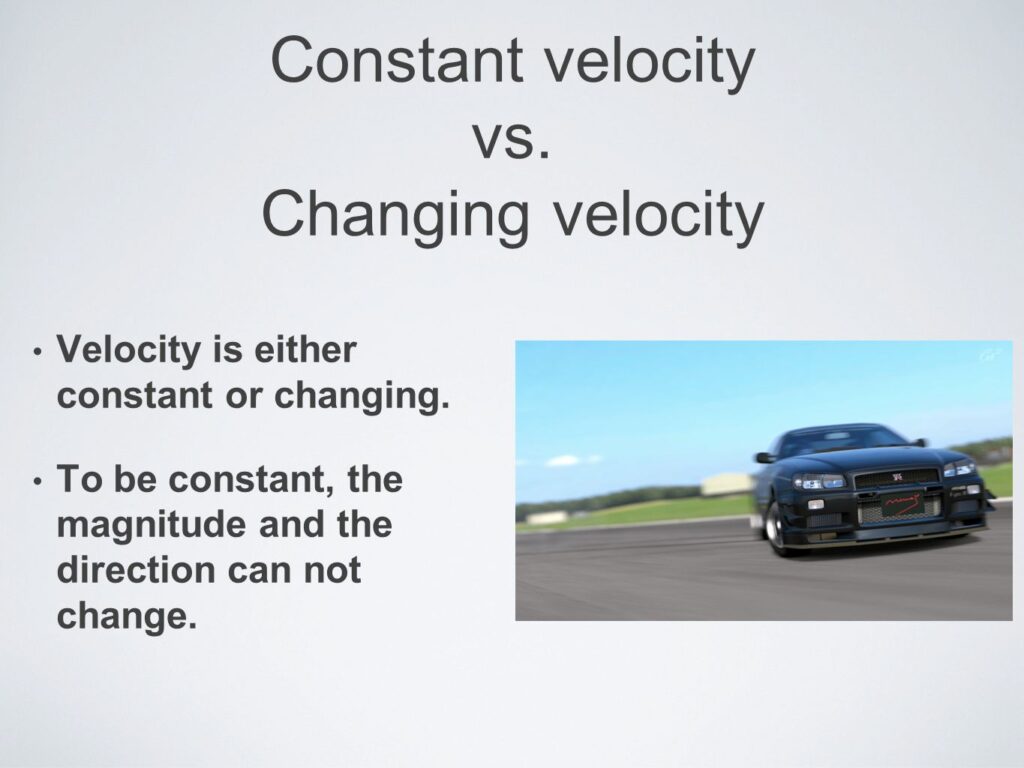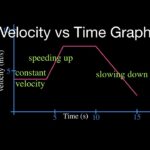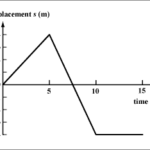Consider a car moving with a constant, rightward (+) velocity – say of +10 m/s. As learned in an earlier lesson, a car moving with a constant velocity is a car with zero acceleration.

 If the velocity-time data for such a car were graphed, then the resulting graph would look like the graph at the right. Note that a motion described as a constant, positive velocity results in a line of zero slope (a horizontal line has zero slope) when plotted as a velocity-time graph. Furthermore, only positive velocity values are plotted, corresponding to a motion with positive velocity.
If the velocity-time data for such a car were graphed, then the resulting graph would look like the graph at the right. Note that a motion described as a constant, positive velocity results in a line of zero slope (a horizontal line has zero slope) when plotted as a velocity-time graph. Furthermore, only positive velocity values are plotted, corresponding to a motion with positive velocity.
Now consider a car moving with a rightward (+), changing velocity – that is, a car that is moving rightward but speeding up or accelerating. Since the car is moving in the positive direction and speeding up, the car is said to have a positive acceleration.

 If the velocity-time data for such a car were graphed, then the resulting graph would look like the graph at the right. Note that a motion described as a changing, positive velocity results in a sloped line when plotted as a velocity-time graph. The slope of the line is positive, corresponding to the positive acceleration. Furthermore, only positive velocity values are plotted, corresponding to a motion with positive velocity.
If the velocity-time data for such a car were graphed, then the resulting graph would look like the graph at the right. Note that a motion described as a changing, positive velocity results in a sloped line when plotted as a velocity-time graph. The slope of the line is positive, corresponding to the positive acceleration. Furthermore, only positive velocity values are plotted, corresponding to a motion with positive velocity.
The velocity vs. time graphs for the two types of motion – constant velocity and changing velocity (acceleration) – can be summarized as follows.
| Positive Velocity Zero Acceleration | Positive Velocity Positive Acceleration |
 |  |


